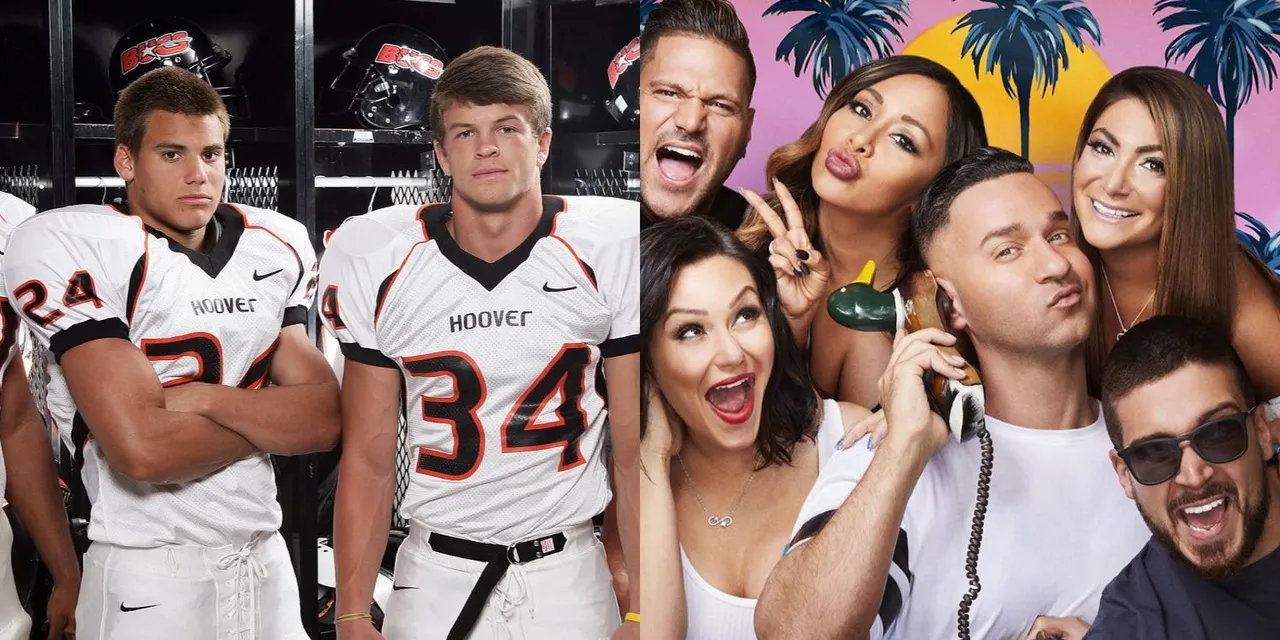
Reality television is a genre of television programming that features real people and their experiences rather than professional actors and scripted storylines. Reality TV shows often focus on situations and activities that are outside of the norm, such as extreme challenges, unique professions, or unusual lifestyles. These shows can range from competitions, like "Survivor" and "The Amazing Race," to documentary-style programs, like "Keeping Up with the Kardashians" and "The Real Housewives" franchise.
Reality TV has become increasingly popular over the years, with many shows gaining a large following and influencing popular culture. Some critics argue that reality TV can be voyeuristic and exploitative, while others see it as a way to showcase diverse perspectives and experiences. Regardless, reality TV has become a significant part of the entertainment industry and continues to evolve with new formats and topics.
Here are some key characteristics of reality TV:
Structure:
- Unscripted: While not entirely unscripted, reality TV heavily relies on improvisation and real-time reactions from participants. The situations they encounter may be pre-planned or facilitated by producers, but their responses are genuine.
- Documentary-style filming: Handheld cameras and observational techniques create a sense of being a fly on the wall, witnessing events as they unfold.
- Focus on drama and conflict: Reality TV often highlights emotional confrontations, interpersonal challenges, and competitive scenarios to keep viewers engaged.
- Ordinary people as stars: Unlike scripted shows, reality TV features non-actors navigating real-life experiences, making the situations feel relatable to viewers.
Subgenres:
- Competition: Shows like Survivor), The Bachelor, and RuPaul's Drag Race challenge participants to compete in tasks or win the approval of judges, often leading to elimination and a final winner.
- Documentary-style: Programs like Cops, Deadliest Catch, and Intervention follow individuals or groups in specific professions or facing personal challenges, providing an inside look into their lives.
- Lifestyle and relationships: Shows like Keeping Up With the Kardashians, The Real Housewives, and Married at First Sight showcase the personal lives and relationships of celebrities or everyday people.
- Renovation and design: Programs like Fixer Upper, Property Brothers, and Flip or Flop focus on renovating homes or properties, offering design inspiration and transformation stories.
Criticisms:
- Staged authenticity: Despite the unscripted nature, some criticism surrounds the level of manipulation and editing that can influence the portrayal of events and participants.
- Superficiality and manufactured drama: Reality TV can be accused of focusing on sensationalized situations and contrived conflicts for entertainment purposes.
- Negative social impact: Concerns exist about the potential for promoting unrealistic beauty standards, unhealthy relationships, and materialistic values.
Despite these criticisms, reality television remains a popular genre, attracting large audiences and evolving with new subgenres and formats. Whether you love it or hate it, there's no denying its significant impact on the television landscape.
The History of Reality Television: From Candid Cameras to Global Franchises
The roots of reality TV stretch further back than you might think, with early seeds planted in the golden age of television. Here's a glimpse into its evolution:
Early Precursors (1940s-1970s):
- Hidden cameras and pranks: Shows like "Candid Camera" (1948) captured real people's reactions to staged situations, blurring the lines between scripted and unscripted content.
- Game shows and talent contests: Programs like "Queen for a Day" (1945) and "Ted Mack's Original Amateur Hour" (1948) featured ordinary people participating in challenges and vying for prizes, laying the groundwork for competitive reality formats.
- Documentaries and fly-on-the-wall shows: Productions like "An American Family" (1973) offered glimpses into real families' lives, paving the way for observational reality TV.
The Formative Years (1980s-1990s):
- Docudramas and reenactments: Shows like "Unsolved Mysteries" (1987) and "Cops" (1989) blurred the lines between reality and fiction, dramatizing real events while incorporating footage of everyday people.
- Music talent shows: MTV's "The Real World" (1992) launched in 1992, documenting the lives of strangers living together, marking a turning point towards focusing on ordinary people's personal lives.
- Competition shows and dating game shows: "The Dating Game" (1965) and "The Amazing Race" (2001) gained popularity during this period, solidifying the concept of competitive reality TV.
The Rise of Reality TV (2000s-2010s):
- Global franchises and cultural phenomena: Shows like "Survivor" (2000), "Big Brother" (1997), and "American Idol" (2002) became international hits, spawning numerous global adaptations and solidifying reality TV's place in popular culture.
- Subgenres and Diversification: The genre branched out with subgenres like renovation shows ("Fixer Upper," 2013), cooking competitions ("MasterChef," 2010), and dating shows ("The Bachelor," 2002).
- Reality TV Stars and celebrity culture: Reality shows launched the careers of numerous stars, blurring the lines between celebrity and "ordinary people."
The Present and Beyond (2010s-present):
- Streaming services and new platforms: streaming giants like Netflix and Hulu entered the reality TV game, producing diverse and original content.
- Social Media integration and audience participation: Reality shows increasingly incorporate social media and audience interaction, blurring the lines between viewers and participants.
- Focus on social issues and representation: Shows like "RuPaul's Drag Race" (2009) and "Queer Eye" (2018) tackle social issues and promote diverse representation, reflecting shifting cultural conversations.